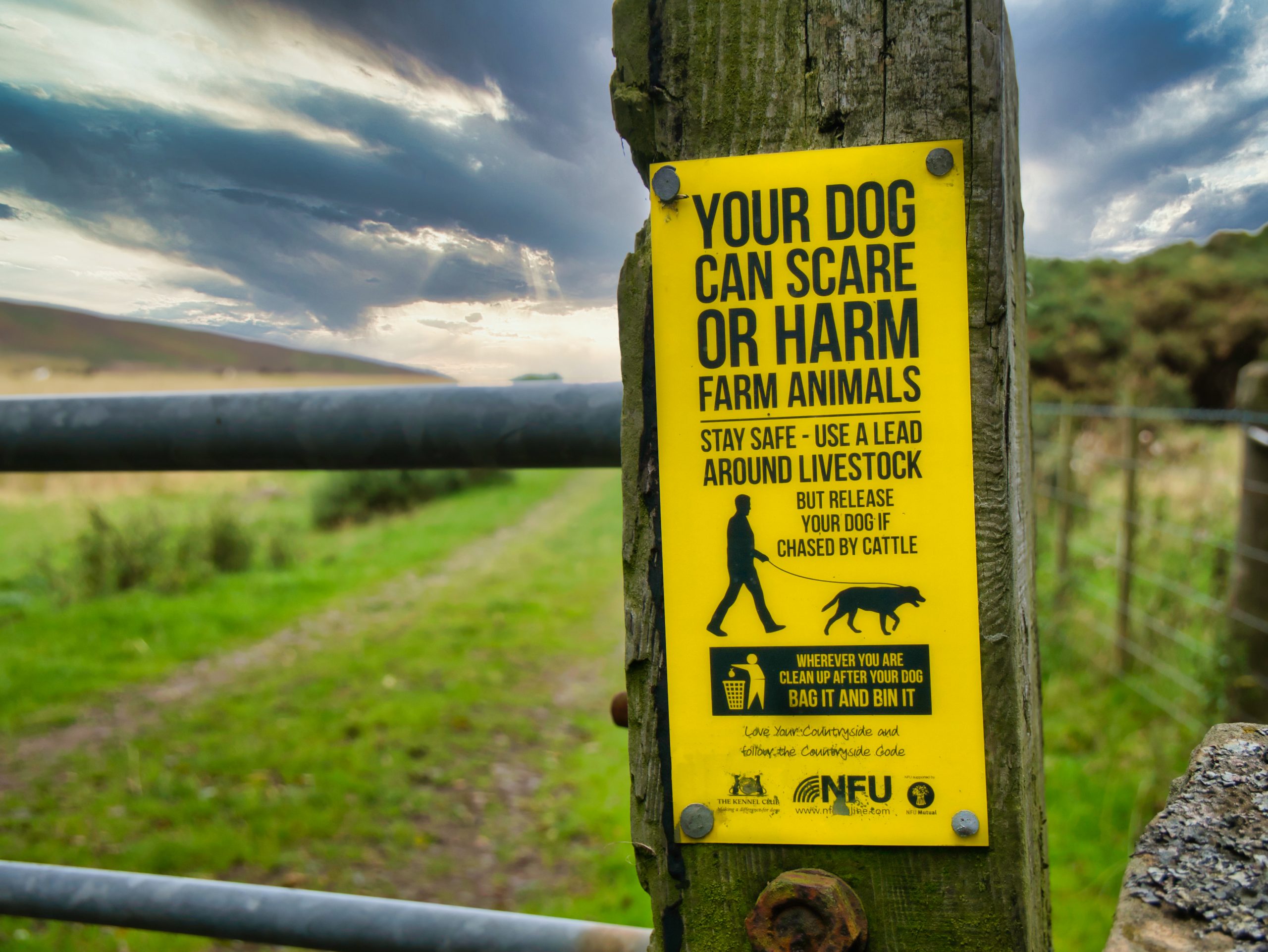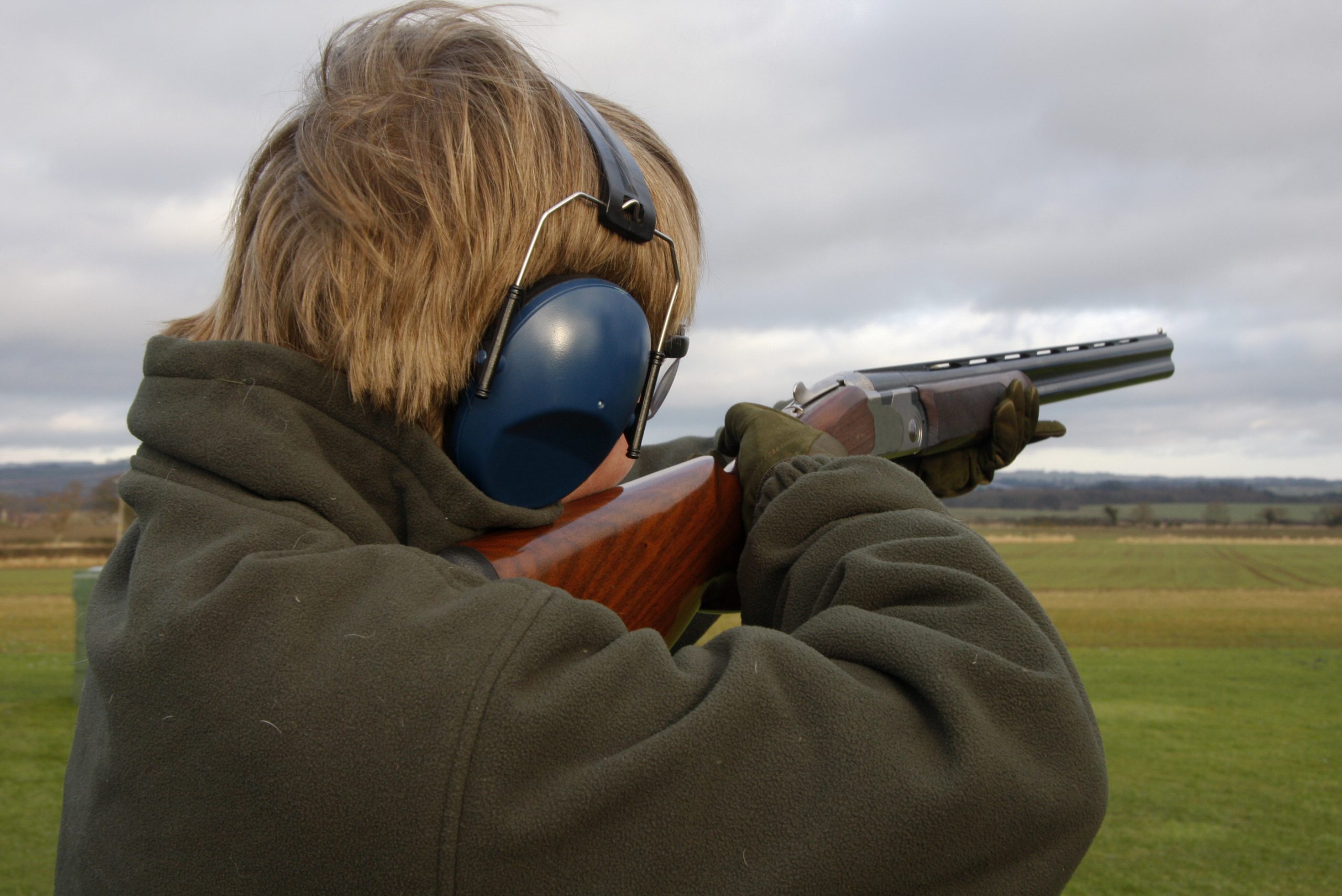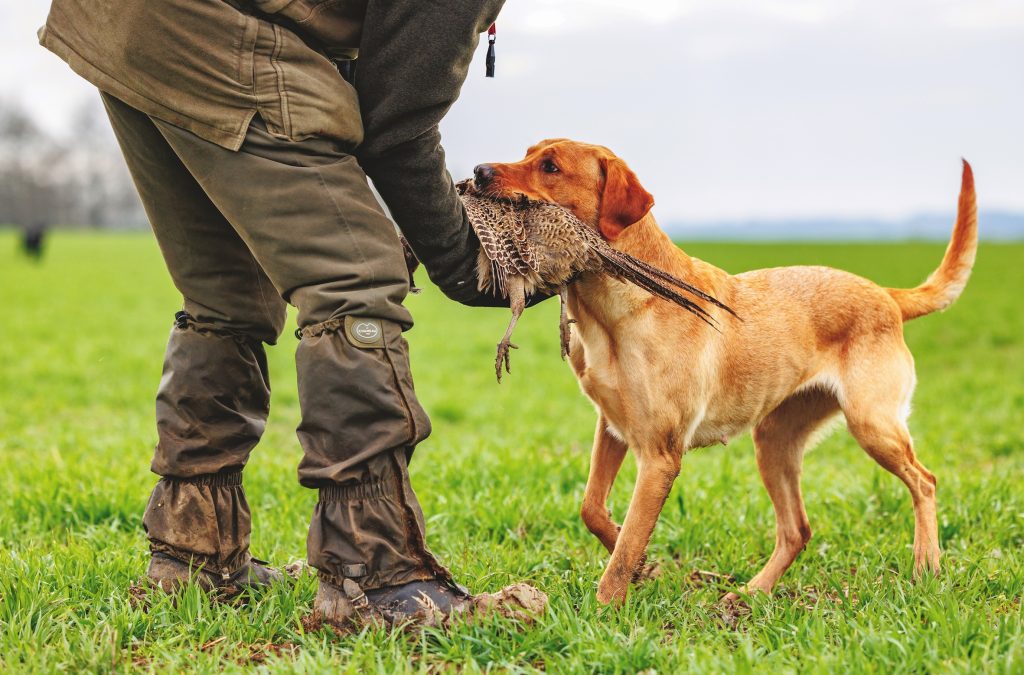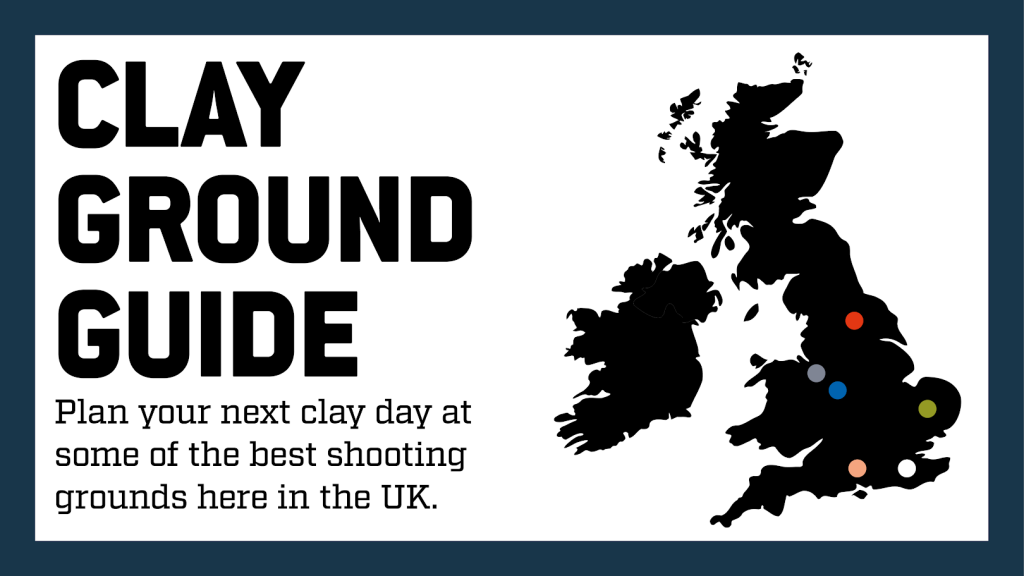Gundogs and grass seeds
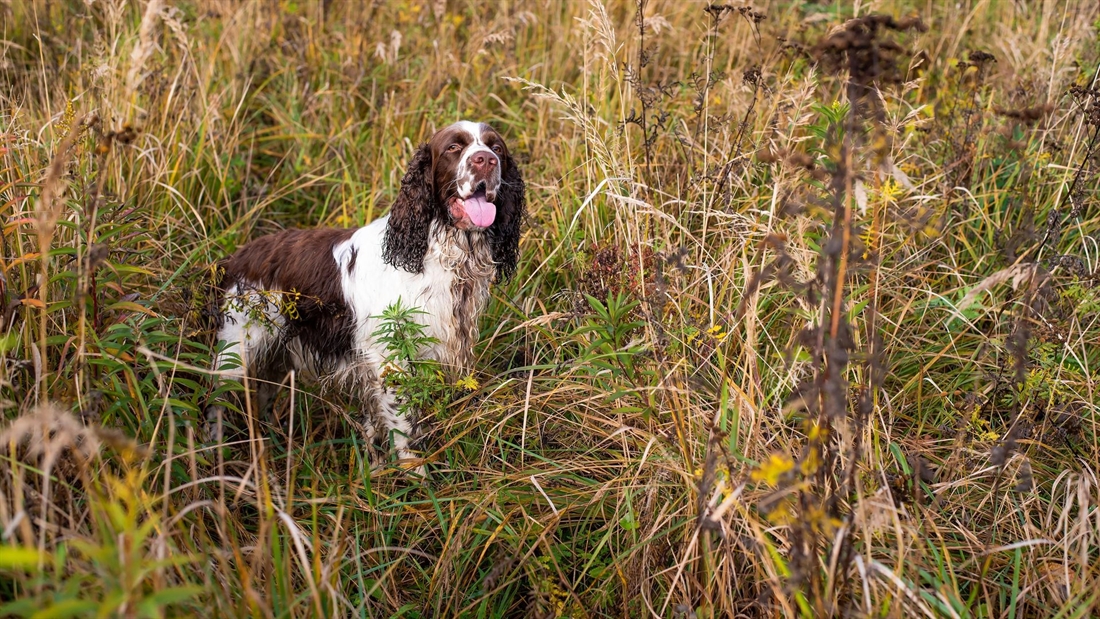
We have all experienced days when our dogs have found themselves covered in grass seeds and barbs – but how much damage can they do? Vicky Payne explains…
Spring has sprung and the grass is growing and soon we will be worrying about grass seeds again. The most problematic for gundogs are seeds of foxtail grasses which are sharp at the end and have fine barbs. They catch easily in the coat and work their way towards the skin as the dog moves. The sharp seeds can penetrate the skin, as well as get into the ears.
Feet
Grass seeds between the toes are the most common problem that I see. It is surprising how quickly the seed can break through the skin. The first sign most owners notice is a swelling between the toes or their dog licking at the foot.
This swelling may burst open or may need lancing under sedation to remove the seed and flush out the infection. Keeping the fur between the toes trimmed short and checking the feet after summer and autumn walks will reduce the risk of grass seeds in the feet.
Ears
The fluffy ears of spaniels are grass seed magnets. As the dog moves, the seeds work their way towards and then into the ear canal. This usually results in frantic head shaking which only sends the grass seed further down into the ear. Left untreated, the grass seed will puncture the eardrum and can cause infections in the inner ear, head tilts, and nerve damage.
If your dog starts frantically shaking or scratching at an ear during exercise in long grass, seek veterinary attention urgently. Do not be tempted to stick anything in the ear yourself. Removal usually requires an anaesthetic as the ear is very sensitive.
Lungs
I have seen grass seeds and even a whole head of barley enter the bronchi in the lungs when dogs have inhaled them. Surprisingly, affected dogs don’t always start coughing straight away which can make diagnosis difficult.
Many cases are first treated for kennel cough or lungworm, but the cough persists. X-rays or even CT scans may be required to identify the grass seeds, or the abscess they can cause. In some cases, it may be possible to remove the seeds with a bronchoscope, but abscesses may require removal of part of the lung.
Nose
Grass seeds in the nose cause acute onset sneezing which can be very violent, and the seeds may eventually be inhaled into the lungs. It might be possible to flush seeds out of the nose and for your dog to swallow them by trickling a small amount of water into the nostrils with a syringe. If this doesn’t work straight away, this is another grass seed problem which will require your vet to anesthetise your dog and use forceps, flushing, or a small endoscope to remove them.
Anywhere else
Grass seeds can penetrate the skin anywhere and end up anywhere. In recent years I have removed seeds from abscesses in the neck, which probably migrated from the back of the throat, and from under the skin of the body wall. Friend’s dogs have needed specialist surgery to remove grass seed abscesses from the diaphragm and other places. Travelling grass seeds can leave long tracts through the muscle and cause pneumonia and peritonitis.
How to avoid problems with grass seeds
There is no way to remove the risk to our working dogs from grass seeds, but take care when exercising and training in the summer. Cut and remove foxtail grass from training areas if possible, and avoid using heavily affected areas. Trim furry ears and feet, and groom your dog after every summer training session. Always consider grass seeds and seek veterinary care sooner rather than later.

